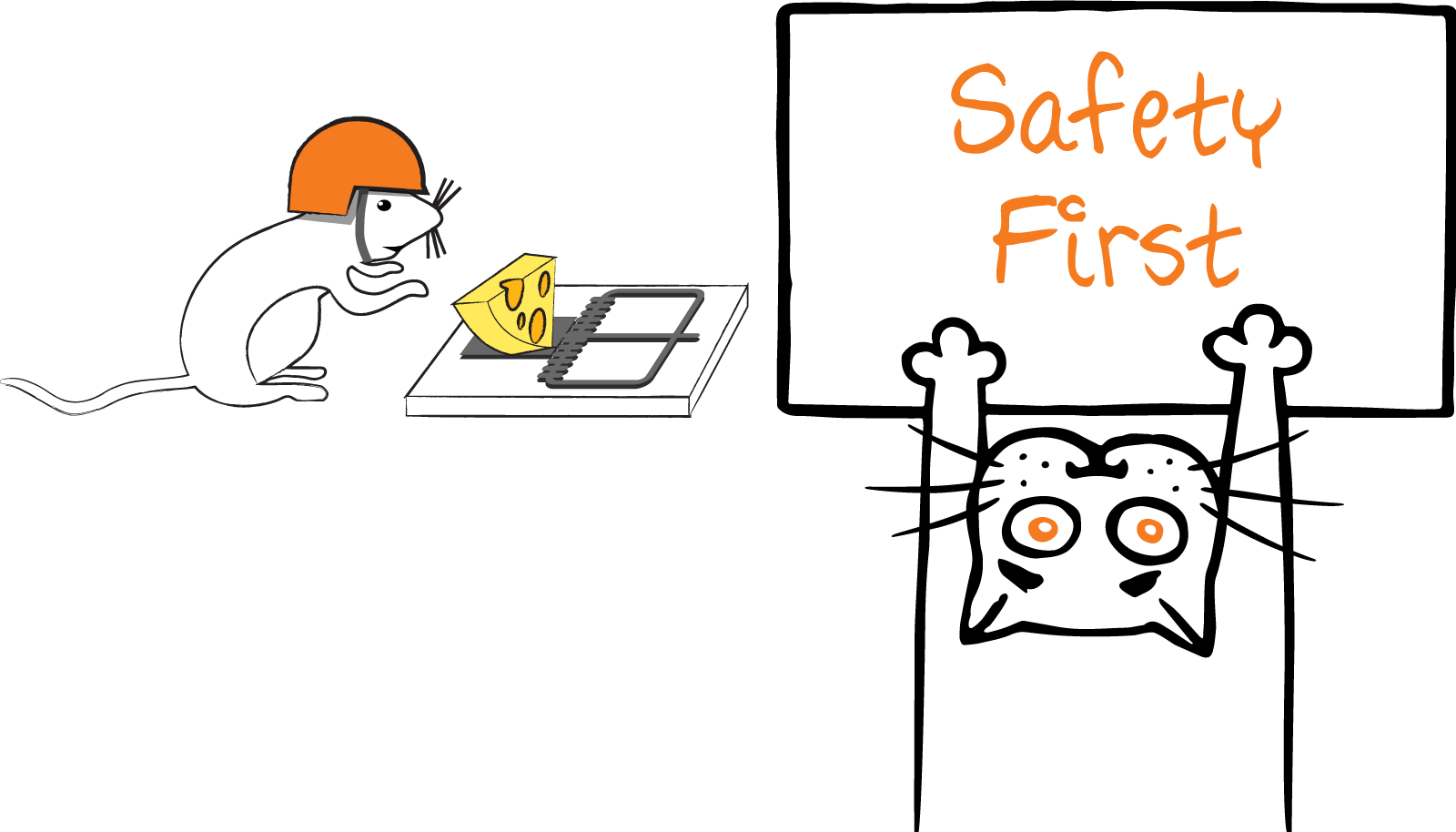Safety Leader
Our safety performance has suffered this year and we really need to get our eye back on the ball.
Ton Manders
TECHNICAL AND SAFETY DIRECTOR
Process Incidents and losses and LOPC incidents per chemical
Safety remains a key priority for Euro Chlor and is always the first item on the agenda of all the relevant Committees. In 2022, our process incidents and losses increased to 5.02 incidents per million tonnes of chlorine from 1.77 in 2021. This translates, in absolute numbers, to 41 process incidents reported via our annual Sustainability Questionnaire. As the first graph shows, the results fluctuate per year, but this year sees the highest peak since we first started measuring in 2001.
Since the start of our third Sustainability Programme in 2021, we also report a detailed overview of the Loss of Primary Containment (LOPC) incidents for each chemical as part of the process incidents and losses (second graph).
Since these figures do not correspond with our vision of zero incidents, Euro Chlor has tried to implement ways to reach this vision. Following Euro Chlor’s safety training programme for members and partners over the last two years, and to build on our Commitment on safe loading and unloading of chlor-alkali related products, an online safety training for transport companies was developed. Two identical training sessions took place in March 2023 for 28 participants from 17 transport companies. This session identified that further work needs to be done by members to improve safe unloading at their customers.

Strong increase compared to 2021

Strong increase compared to 2021.
Another ongoing safety initiative has been the development of an interactive safety game for engineers and operators to simulate and respond to safety incidents and issues. Since it was mentioned in previous reviews, testing has taken place with operators in several plants and companies have ordered their respective game boxes. After a significant delay in production of the final boxes due to the COVID-19 pandemic, we are now in the last phase. The Euro Chlor team is working on the best way to train the facilitators and accelerate the roll-out of the game boxes in the autumn of 2023. This will be one of the initiatives that aims to bring the number of process incidents down.
Incident reporting
Ten years of consistent efforts by Euro Chlor members, the General Technical Committee (GTC) and GEST (Working Group Production, Storage and Transport Safety), led to a steadily increasing incident reporting rate of 86% in 2021. In 2022, however, we note a decrease to 66%. This recent dip could be due to the huge economic pressure and increasing workload following the political and environmental changes in the external world. These have, in turn, increased the pressure on production sites.

Decrease in the coverage rate of incident reports.
Occupational safety
As previously mentioned, Euro Chlor intensified its efforts in the safety field in recent years by organising safety trainings and discussing incidents in all the relevant groups. Despite these initiatives, we saw the Lost Time Injuries (LTIs) for member company staff and contractors increasing from 2.16 per million working hours in 2021 to 2.68 in 2022.

Increasing number of LTIs (memberof staff + contractors now reported together as one figure).
A focus on chlorine inhalation for the Health Working Group
Euro Chlor’s Health Working Group is playing its role in boosting incident reporting. Incidents involving chlorine emissions are being seen, but there has been a steady decline in the number of members who submit chlorine inhalation reports. To facilitate the reporting and increase member participation, our group of occupational physicians is working on new tools to make chlorine inhalation data return easier. Data here will be used to further develop guidance on managing inhalation response for all stakeholders.

Transport incidents for chlor-alkali related products
On a positive note, transport incidents for other chlor-alkali related products in addition to chlorine had a very good year with zero reported transport incidents.

Zero transport incidents reported in 2022.
Transportation of chlorine
Although the graph shows a slight decrease in absolute tonnes transported, as a percentage of production it increased from 4.3% to 4.8%.

Decrease in chlorine transportation tonnages, albeit increase in percentage of production.
Transportation of caustic
The total amount of caustic being transported through public areas has decreased from 13 million tonnes in 2021 to 11.1 million tonnes in 2022, which correlates with the decline in production. The main transport option moved from ship (36.4%) to road (49.4%).
